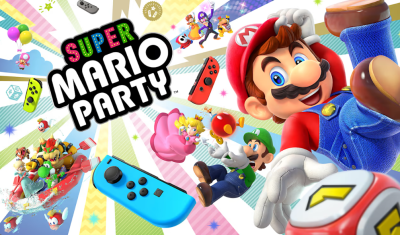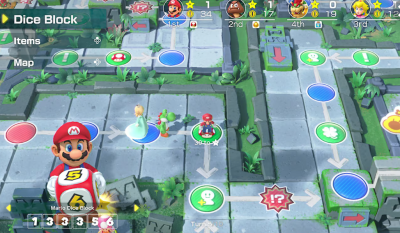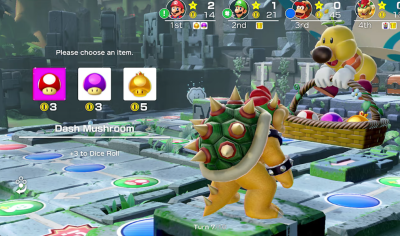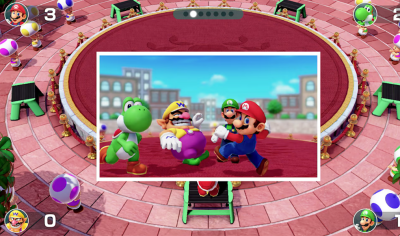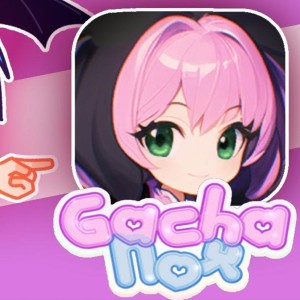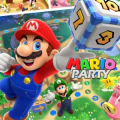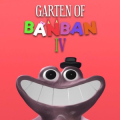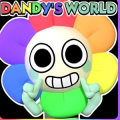Mario Party review
Mario Party
If you're a fan of chaotic fun and competitive gameplay, then Super Mario Party for the Nintendo Switch might just be the perfect party game for you. Diverging from its predecessors in several meaningful ways, this installment breathes new life into the series while maintaining its core elements. Below, we'll explore why Super Mario Party is a must-have for any party, touching on its gameplay mechanics, graphics, features, and more.
Roll the Dice: Engaging Gameplay
The main attraction of Super Mario Party is its plethora of vibrant and engaging board games, punctuated by a wide variety of competitive minigames. The traditional Mario Party mode allows one to four players to roll dice and traverse various game boards filled with branching paths.
In this mode, players aim to collect stars, but it’s the frequent minigames, not just the board mechanics, that add layers of excitement. Unlike Mario Party 10, where minigames were restricted to specific spaces, Super Mario Party ensures you end each turn with a challenging, fun minigame.
Strategic Moves: Allies and Dice Blocks
A critical element that revitalizes the strategic component of the game is the introduction of recruitable Allies. These characters not only provide bonuses to your dice rolls but also contribute to certain minigames, giving you an edge over opponents.
Each character comes with a unique dice block, introducing an additional layer of strategy. For example, Mario's block has more chances to roll a 3, while Wario's offers higher values but with a risk. However, the inability to view these unique blocks during character selection is a noticeable oversight.
Partner Party Mode: A Cooperative Twist
My favorite mode turned out to be Partner Party, where players team up and navigate the game board in a more tactical manner. The grid-based layout allows you to choose your path, gathering stars and Allies while coordinating with your partner.
This mode demands considerable discussion and strategic planning, making it a more intellectually engaging variant of the traditional modes. Plus, the added complexity ensures the party never feels like a mere roll of the dice.
Minigames: The Heart of the Party
Winning in Mario Party and Partner Party primarily hinges on your performance in minigames. These activities are crucial for earning coins, which you can then use to buy stars. Various minigames require different skill sets and often feature an element of randomness.
However, despite your best efforts, the random distribution of end-game bonus stars adds a wild card to the mix. This prevents any single player from dominating, keeping the game unpredictable and exciting.
Game Boards: Fun but Limited
The game boards in Super Mario Party are less linear and more dynamic, thanks to branching paths and moving star spaces. However, the simplicity of these boards might not meet the expectations of long-time fans who enjoyed the intricate designs of Mario Party 5 and 6.
With only four boards available, the variety is somewhat limited. This could lead to the game feeling repetitive if a particular board doesn't appeal to you.
Other Game Modes: Mixed Reactions
Besides the main modes, Super Mario Party also offers River Survival and Sound Stage. River Survival is a cooperative mode with its own set of minigames. It is more suited for younger audiences, as it lacks the competitive edge that appeals to more experienced players.
Sound Stage, a rhythm game mode featuring minigames that use the Switch's motion controls, is another unique offering. While entertaining, the motion controls can be inconsistent, and the limited number of minigames makes this mode less replayable.
Controller Constraints
Every player is required to use a single Joy-Con controller. This restriction allows developers to implement creative minigame mechanics but can be disappointing for those who prefer the Pro Controller or the Joy-Con Grip.
The Joy-Con's unique features, like 3D rumble and motion controls, are employed extensively. While generally well-executed, not everyone will appreciate the need for precision in motion-based minigames.
Graphics: Vibrancy and Charm
The graphics in Super Mario Party are colorful, polished, and true to the Mario universe. Character animations are fluid, and the game boards are visually appealing. Each minigame offers a unique backdrop, adding to the overall charm.
Sound and Music: Setting the Mood
What’s a party without good music? Super Mario Party excels in this department. The upbeat and cheerful soundtrack perfectly complements the high-energy gameplay, while sound effects add an extra layer of immersion.
Replayability: A Double-Edged Sword
While the core gameplay mechanics and minigames offer immense fun, the limited number of game boards can affect replayability. Nevertheless, the inclusion of different modes and the randomness of bonus stars keep each game session fresh.
The game’s potential for endless fun is best realized when played with a group of friends or family. Playing solo, even with AI opponents, doesn’t quite capture the same magical experience.
Conclusion
Super Mario Party is a breath of fresh air in the Mario Party series, blending new strategic elements with traditional board game fun. While it has its drawbacks, such as limited game boards and mandatory Joy-Con use, the engaging gameplay, vibrant graphics, and infectious excitement make it a standout. This game is best enjoyed with friends or family, ensuring countless hours of pure, chaotic enjoyment.
To download the app, you will get links to the Official Website and/or official digital markets.
